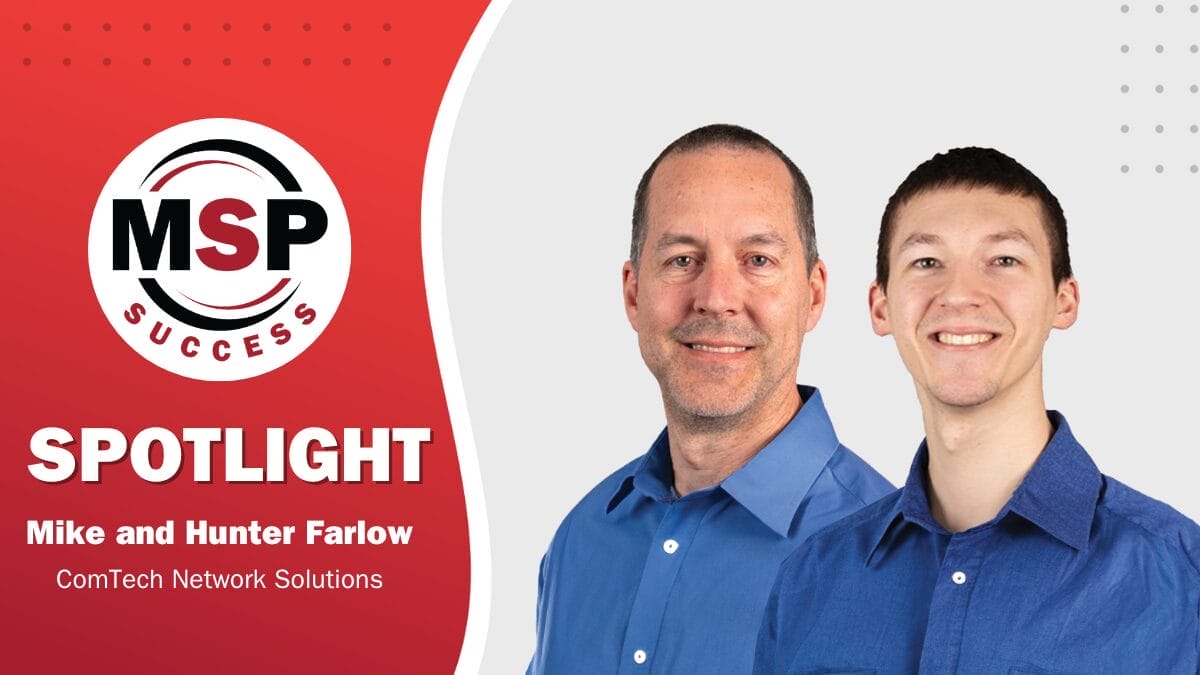Can a single ad make you rich?
In 1981, Absolut Vodka had a measly 2.5% of the vodka market and was selling only about 20,000 cases annually in the U.S.A. They started running print ads that featured their bottles predominantly in the ads. The campaign was so successful they ran it for 25 years. When they stopped running the campaign in the late 2000s, Absolut was importing 4.5 million cases per year or half of all imported vodka in the U.S.A.
Gene Schwartz, considered one of the best copywriters of all time, sold over 2 million fishing lures from an ad and made $50 million selling a textbook.
In 1988, when Nike introduced its ad campaign “Just Do It”, their sales were $800 million. By 1998, their sales exceeded $9.2 billion.
But it’s not just big businesses that have gotten rich off a successful ad campaign. Working with businesses of all sizes, I’ve also seen small business owners apply direct response principles and create an ad that is responsible for making them very wealthy…
Like the small business owner who took a retail supply company in a dying market from $500,000 to $10 million by mailing out the same ad for a decade.
Or the entrepreneur who despite morphing his business over the years to serve a changing economy used the same ad for twenty years to reactivate customers. While the offer changed to match the morphed business, the same ad continues to work and has increased his revenue by 57,042% per customer.
Here’s what you need to do to successfully create an ad for maximum profit:
1. Be involved in your marketing efforts, even if you hire someone else to do it. Just like your best IT customers are the ones who understand and recognize the value of technology, the best marketing campaigns evolve when the owner of the company is involved. While marketing may not be your strong suit, understanding it will help you to recognize whether a campaign will connect with your clients and prospects or not. Remember that every campaign is a representation of you and your brand, which is why it’s important to never let go of the marketing reins completely.
2. Spend more time on your list. The formula in direct marketing for creating a winning ad campaign says that “40% of success is based on the targeting, segmentation, and quality of the list; 40% of success is how relevant and irresistible the offer is, and 20% of success is based on the quality of the creative material and messaging.”
Brian Kurtz, a living legend who has worked with some of the greatest, legendary marketers of all time and grew a small company from $5 million to $150,000 million and has mailed over 2 billion pieces of direct mail and oversaw 20 million emails sent EVERY MONTH, feels so strongly about the importance of the list that he says, “The list takes the lead with 41%, followed by 39 percent for the offer and 20 percent for the creative. If you have a perfectly targeted list, you are well on your way to success.”
Furthermore, a lot of money is wasted on sending marketing to people who are completely off target. Be sure your list is aimed at people who have the authority, the interest, budget, and time to invest in what you are selling. This gives you the highest probability of your ad persuading the people reading it to take you up on your offer.
3. Develop an offer that your audience can’t refuse. A good marketing offer can move someone to act. Make a clear offer with good value and a logical reason why someone should take your offer. A confused mind won’t buy, and neither will a suspicious one. By making an offer that people can understand instantly as a good value and explaining why they should take the offer now, you will increase the success of your ad.
4. Create a compelling message based on your prospect/client’s needs, wants, and desires. Ads fail when the message asks the prospect to take too big of a leap. For example, your prospect is looking for a new car but isn’t ready to buy yet. An ad that offers zero percent financing will get your prospect’s attention, but it won’t get them to act because they aren’t ready to buy. However, if your message is about offering a free report on the three critical questions you must ask before buying a car, then the prospect might download the report, therefore getting on your list, and engage with you.
Create a compelling message that captures ATTENTION, hits your ideal target’s HOT BUTTONS, establishes credibility and trust, differentiates you from the companies available, offers a NON-THREATENING way to engage, and gives them a reason to respond.
5. Fail often and test. One of the most common stories I hear from small business owners who’ve created a winning ad that repeatedly performs for them is that their first attempt failed. To clarify, their ad got some kind of response, but not necessarily a great response. For example, during a recent interview, an entrepreneur who runs a physical therapy office told me he got eight responses the first time he ran his “winning” ad, but that six of the responses were people telling him how angry they were with his ad. By making changes to his messaging and running the ad in media that his audience read, he’s already made $25,000 running the ad just three times.
This would not have happened had he not changed an element in the ad and ran it again. This is why testing is another key ingredient to success. Another small business owner I interviewed who sells insurance, found that a letter he sent out got people to call. He spent six months testing to get his letter right, mailing out 500 to 1000 letters a month. He continued tweaking the message until he was hitting his goal. As a result, he doubled his business in a year.
Gene Schwartz said: “A very good copywriter is going to fail. If the guy doesn’t fail, he’s no good. He’s got to fail. It hurts. But it’s the only way to get the home runs the next time.”
Just because your ad isn’t delivering the results you want, doesn’t mean it is no good. If you are getting a response, then it might just mean you are missing something.
Testing different variables in your advertising, direct mail, phone scripts, presentations, and so on takes time, discipline, and perseverance. However, the reward can be tremendous.
A few important notes about testing…
First, it’s an excellent idea to model proven promotions such as the ones found in the Technology Marketing Toolkit. This will cut down the time, frustration and expense of testing tremendously.
Second, where you are only going to use the promotion once or twice, it may not be worth the time, effort, and expense to test.
Third, while it’s a good idea to start by testing big things such as the offer or guarantee, testing small things can also make a huge difference. For example, after attending a seminar on copywriting, a dentist changed just five words in his ad and he went from getting two or three patients to 15 to 20 each time he ran it.
The most successful MSPs don’t see an ad that flops as a failure. They are not demotivated by it or persuaded to believe that the method they tried doesn’t work. Rather, they are determined to examine the elements to see where they can improve. They ask questions such as…
- Is my list accurately targeting the right people?
- Is my offer clear, valuable, non-threatening, and irresistible, and does it give them a reason to respond?
- Is my message quality and compelling?
- What can I test to maximize response?
With the tools, proven promotions designed specifically for IT businesses, and information at your disposal, you have more opportunity than ever to create ads that can make you rich. While no one can guarantee you success, if you apply these five strategies to your marketing and go in with the attitude that you are willing to test, you can make a big difference in your results and create a huge impact on your bottom line.









